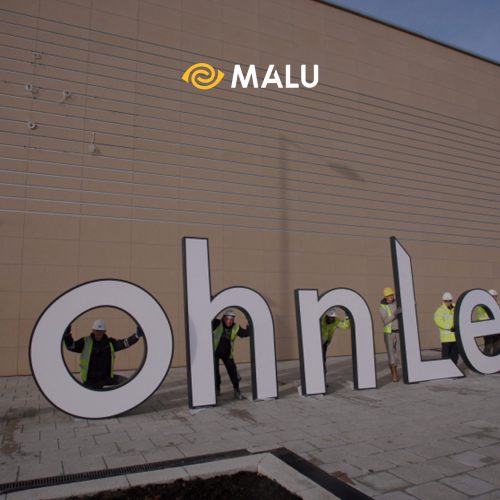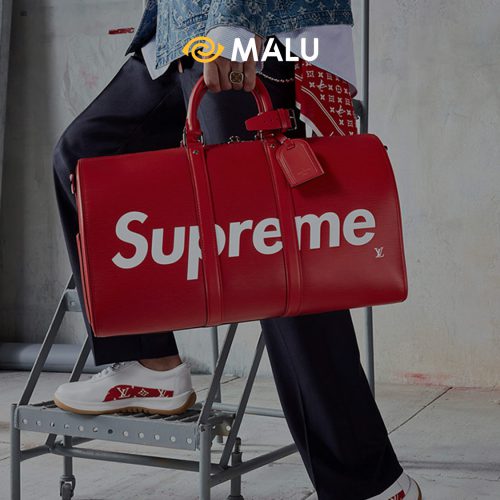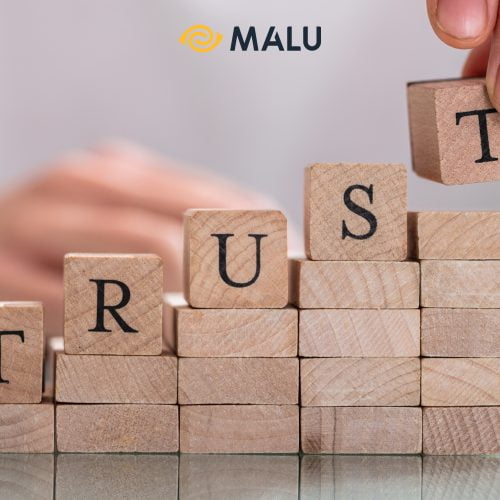
Product Life Cycle – Product life cycle is an extremely important concept in Marketing. This term describes the process of a product, from the moment an idea is conceived until it leaves the shelf.
Not every product goes to the final stage of death. The lifecycle of that product can be extended and continues to grow in the long run.
Do you really understand what Product Life Cycle is? How to extend the life of a product ? Let Malu answer these questions through the summary and visual examples below.
What is Product Life Cycle? Stages in the product life cycle.
Product Life Cycle – product life cycle , simply understood, is a process by which businesses manage their products, from the moment the product is born, until it is eliminated from the market.
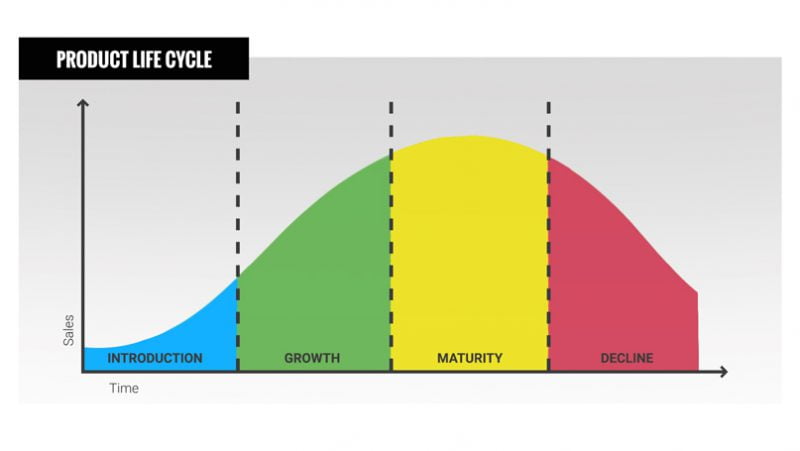
The life cycle of a product consists of 4 main stages . These stages are:
Stage 1: Introduction of the product (Introduction Stage)
After completing the research and development, it’s time to launch the product into the market.
+ Investment costs: Enterprises still have to spend a lot of money on marketing activities and brand promotion.
+ Product cost: Because it takes a lot of money for R&D activities (research and development), the cost of the product at this time is very high.
+ Revenue: The product starts to have revenue, but the amount collected is not enough to cover the initial cost.
Basically, the business incurs a loss during this period.
Stage 2: Growth Stage
After the initial stage, customers begin to know about the product. The amount of revenue thus began to grow strongly.
+ Investment costs: Enterprises continue to invest heavily in products, although investment costs have decreased compared to phase 2.
+ Product cost: Thanks to the mass production of products, the cost of products has been significantly reduced compared to the new stage of launching.
+ Revenue: Sales of the product skyrocketed. The business begins to break even and earns the first dong of profit.
+ Competitors: Competitors gradually appear.
During this period, the product brings a large amount of revenue to the business. So the company starts to break even and profit from the product itself.
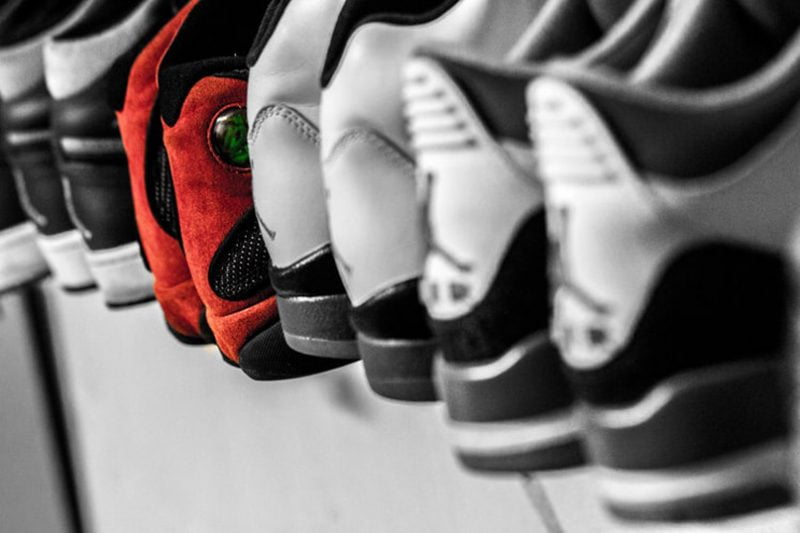
Stage 3: “Maturity Stage”
The product has gone through its hottest development phase. Now it has established a strong foothold in the hearts of customers.
+ Investment cost: The cost that the business spends in this period is the lowest.
+ Product cost: The product has a relatively stable price, equivalent to the previous period.
Revenue: During this period, product sales are at their peak. However, the revenue growth rate decreased compared to the previous period.
+ Competitors: The product’s competitors begin to increase gradually. Enterprises have thought of ways to differentiate their brands and diversify their features to enhance their competitive position.
Overall, this is the most stable stage of the product. Although growth is not too hot, it still brings businesses a large amount of revenue from products. But the competition is getting fiercer, businesses need to have a certain defensive plan.
>> Basic steps to help businesses compete and win
Stage 4: Decline Stage
This is the final stage of the product, before it officially leaves the shelves.
+ Investment costs: In order to maintain the heat, businesses are forced to invest large costs to entice consumers to continue using the product.
+ Product cost: Enterprises are forced to lower the price of products to stimulate the shopping demand of consumers.
+ Revenue: Product sales decreased markedly compared to previous periods.
+ Competitors: The number of competitors reaching the highest level. The market reaches saturation.
At this stage, if the business does not have a smart strategy to revive the product, either the product will die, or the product will live and wait for an uncertain future ahead.
If the business has the right promotion strategy, chances are, a new life cycle of the product begins.
Determine where the product lifecycle is located
The method to determine the current Product Life Cycle is quite simple. You can rely on a number of factors such as:
Intrinsic factors
Businesses need to collect quantitative information, including: investment costs, growth rates, sales and product prices.

External factors
The most obvious external factor to determine the current stage of a product is the competition.
You need to determine how many competitors in the current market are directly competing with your product. Are they developing products with the exact same features as your “baby”?
In addition, market factors also play a significant part. Is the market you are approaching saturated? How many customers continue to buy your product or not? Do you need to reduce product prices to stimulate demand?
5 Ways to Extend the Product Life Cycle
To have a successful product, businesses need to know how to prolong the growth and maturity stages of the product, as well as reverse the decline phase .
So how to extend the product life cycle? There are 5 effective solutions for you:
Advertising and communication
The simplest way to prolong the Product Life Cycle is advertising and communication.
This approach both attracts new potential customers and is an effective way to re-market to existing customers.
This is a common practice of major studios when their films reach the end of maturity , the beginning of decline .

A couple of social media posts remind viewers that today is the anniversary of the film’s first release outside of cinemas, posting on YouTube a few highlights from the film as one of the signature ways of promoting it.
>> 19 effective product promotion strategies
Product discounts
What if the marketing communication of the product is not effective? It’s time for businesses to think about reducing prices for products to stimulate demand.

We often see this method at major phone manufacturers, whenever their products go out of style, or have gone through the hottest period of revenue growth. The peculiarity of this industry is that products have a relatively short life cycle, so we can easily see this tactic in any Apple or Samsung product.
Add new features
This is also another solution to prolong the Product Life Cycle.
Like dairy product A, now “added calcium, more nutrients, more nutrition” for example. Customers who find that a product they’ve used before has added new features in addition to the ones they used to love, may consider buying the product again.
Products that often apply this method include: products in the FMCG industry (fast-moving consumer goods) or smartphones (iPhone 6 and iPhone 6s models).
Finding new markets
When the old market is saturated, it’s time for your product to reach the new, more potential market.

For example:
The mobile subscription market in Vietnam is saturated with ” about 51.1 million subscribers as of June 2019 ” (according to data from the Ministry of Information and Communications), major telecommunications companies such as Viettel or Mobifone. start looking for new markets with more opportunities, such as Myanmar or Cambodia, to maintain the growth of the business, and open up a new product life cycle.
New product packaging
When customers are so used to the old packaging, they start to get bored and don’t want to buy that product anymore.
A good way to stimulate demand is to blow a “new wave” of old products: New bottles of old wine. Your business only needs to spend an expense on packaging design and media promotion. The effect is much better than having to re-develop a whole new product line from scratch.
4. Good example of product life cycle
Hao Hao Noodles is a leading instant noodle business in Vietnam, owned by Acecook Group. As of 2018, the product is proud to be one of the best-selling noodle brands in Vietnam for 18 years.
Launched in the early 2000s, Hao Hao penetrated the potential instant noodle market in Vietnam. The company has taken careful market research steps.
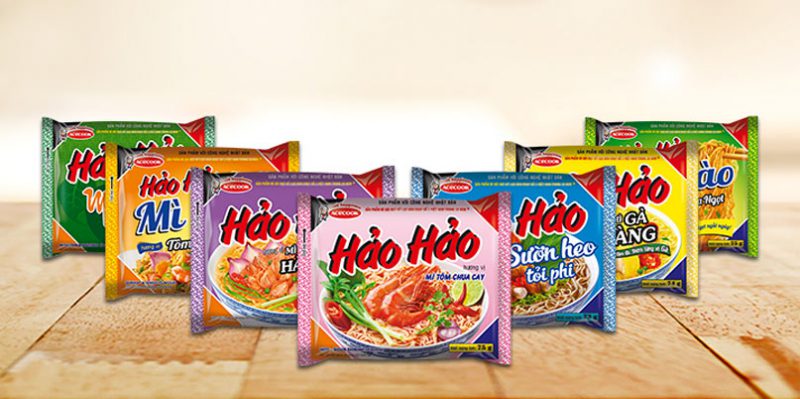
At that time, Vietnamese consumers still preferred traditional, cheap noodle brands, such as Miliket noodles, Vifon noodles, noodles sold by weight, etc. However, the packaging of these noodle brands was not eye-catching. , the model is not diverse.
That was when Acecook conducted research and development of Hao Hao products with eye-catching packaging, many new flavors (such as Thai hot pot, spicy shrimp, chicken noodles, …), delicious and safe, industry standards. Japanese technology.
Stage 1: Launching to the market
This is the time when Hao Hao deploys the most powerful media promotion campaign. Dense advertising campaigns for Hao Hao noodles with spicy and sour shrimp, and Hao Hao noodles with Thai hot pot appeared on VTV3 or HTV7. Spot advertising with the appearance of famous comedians of that time immediately won the hearts of consumers.
In addition, in order to meet the huge demand from consumers, in 2003, Acecook completed the system of noodle factories from Hung Yen to Ho Chi Minh City. HCM.
Stage 2: Strong growth
At this stage, Hao Hao noodles began to gradually occupy the market share of instant noodles in Vietnam. The company still continues its media programs to maintain growth, including: participating in sponsoring a number of major TV programs, continuing to buy advertising spots on VTV3 or HTV7 to maximize the number of customers. new,…
Stage 3: Sustainable development
From about 2005 onwards, Hao Hao noodles officially occupied the No. 1 market share in Vietnam. The product also begins to enter the sustainable development phase of its life cycle.
The company began to reduce the media budget, focusing on promoting the in-depth aspect (such as emphasizing the factor that has served more than 2 billion meals in Vietnam, is that noodles occupy the No. 1 market share for many years, …).
However, the company also began to face many challenges, such as the birth of Masan’s Omachi noodle brand (with the famous slogan: Very delicious without being afraid of heat ), or other noodle brands in the same segment that compete directly as noodles. Red bear, Royal noodle,…
Stage 4: Improvements to prolong the Product Life Cycle
Realizing that the Vietnamese instant noodle market showed signs of saturation with too many different brands, Acecook decided to improve its products.

The first is the launch of the Handy Hao Hao product line in the form of a convenient plastic cup (launched in parallel with traditional instant noodles). Accompanying the product is the selection of 2 very famous KOLs at this time, Hoai Linh and Toc Tien.
At the same time, Acecook also considers alternative products with other Hao Hao products, such as the launch of Pho De Nhat noodles, other types of instant noodles such as noodle soup, beef noodle soup, etc.
Improvements and promotion of products have helped Hao Hao continue to maintain its No. 1 market share in the market.
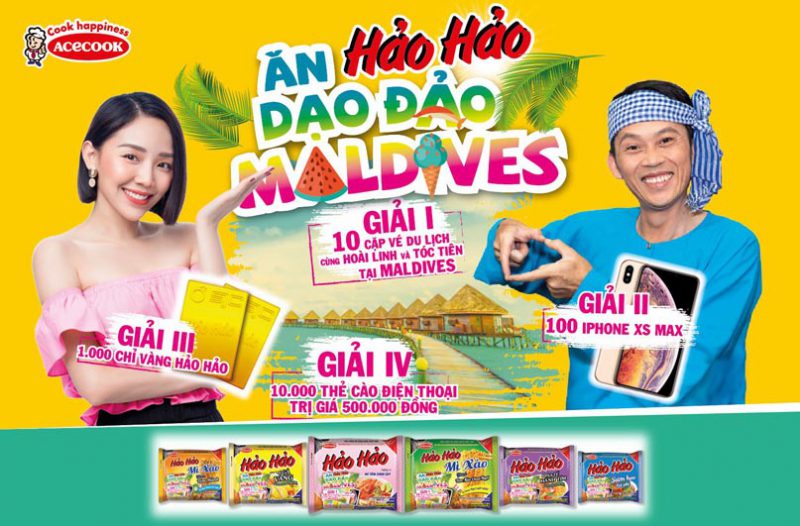
Conclude
Maintaining the product life cycle is not an easy job. Businesses must know how to apply many skills, thoroughly understand internal and external factors in the market to make the right moves.
Hopefully, the recent sharing has given you a better understanding of the Product Life Cycle concept, and ways to help evaluate and extend the life cycle of a product.
>> See also: 4 failed lessons learned from big brands

